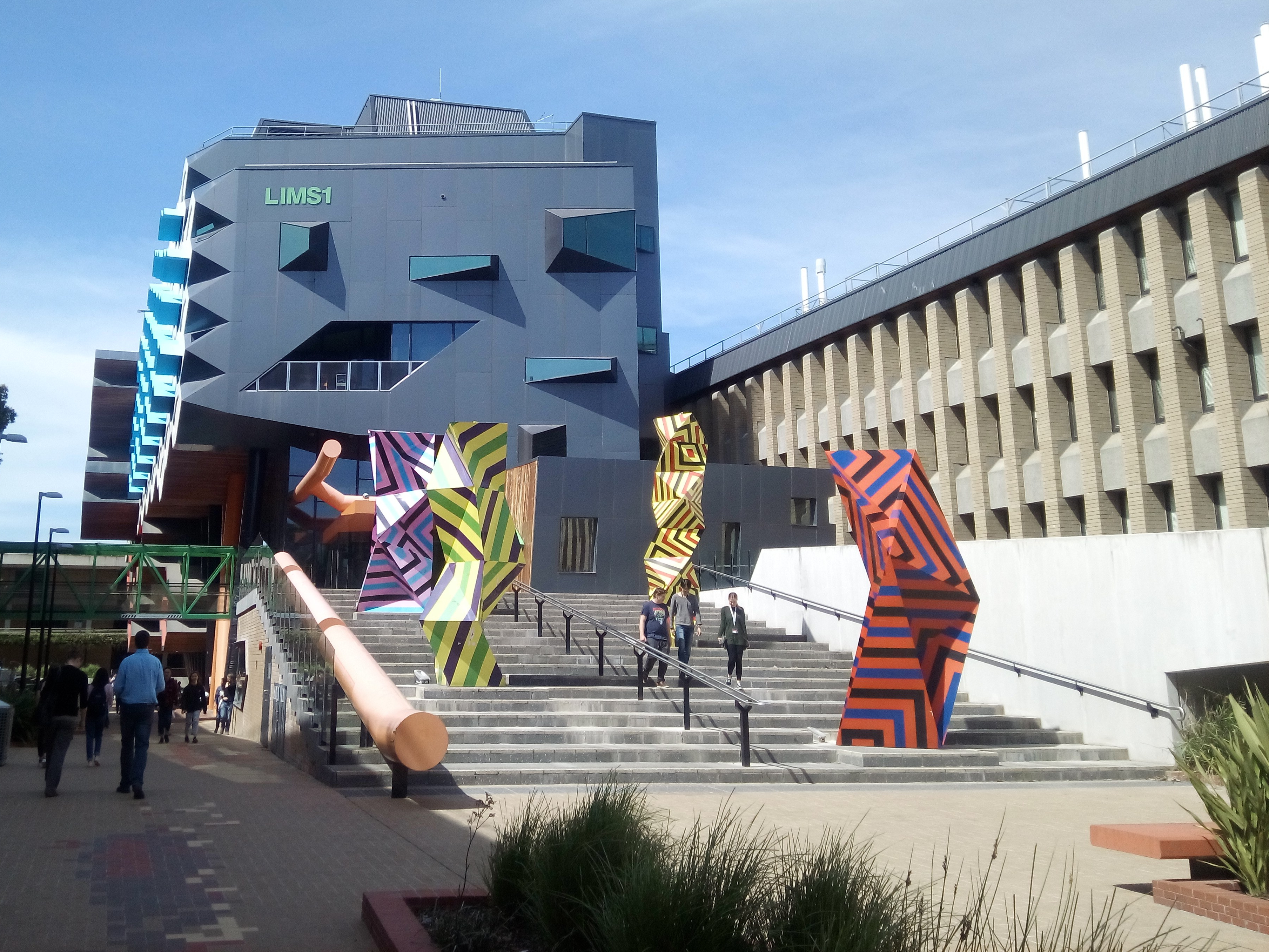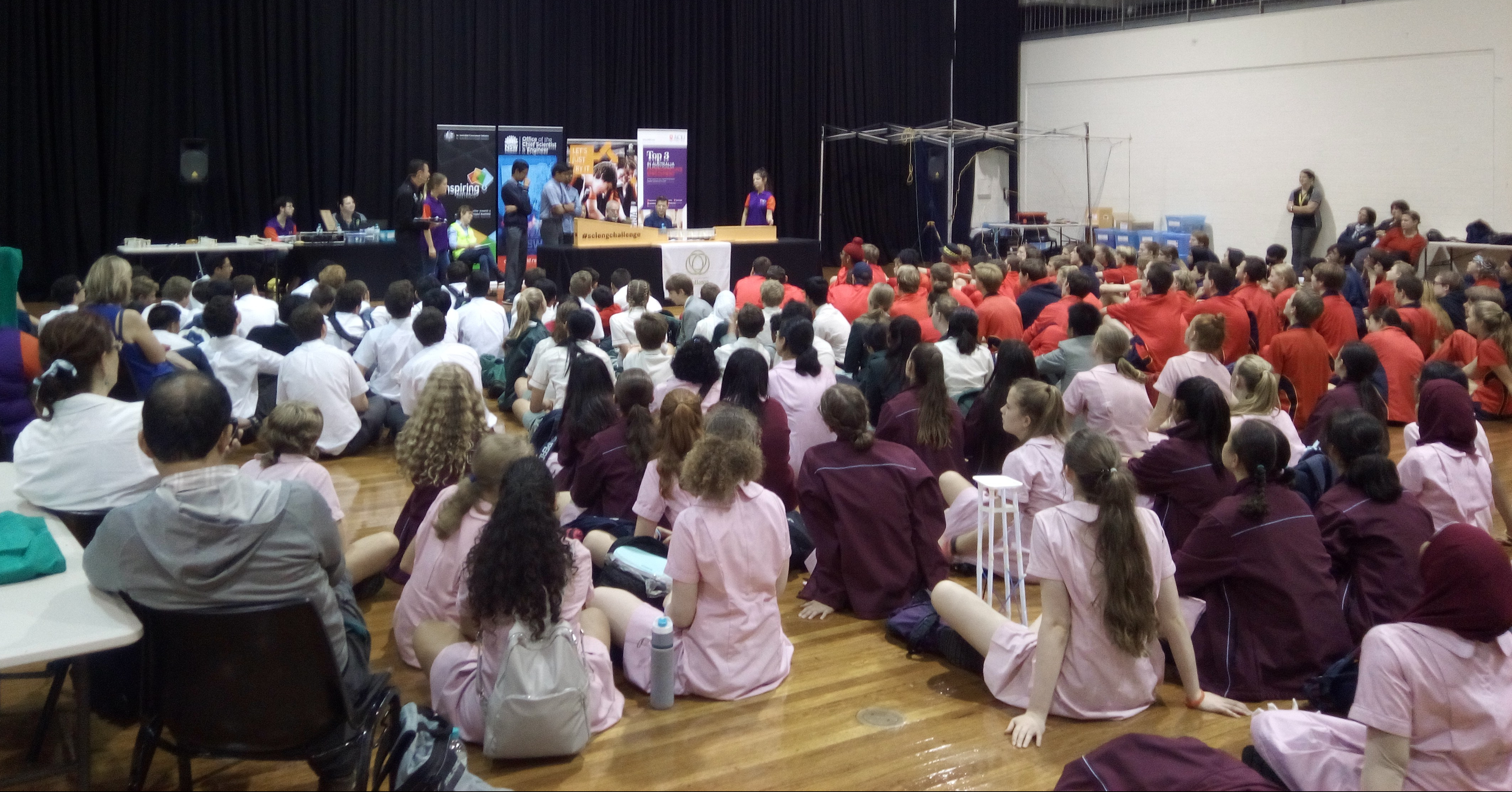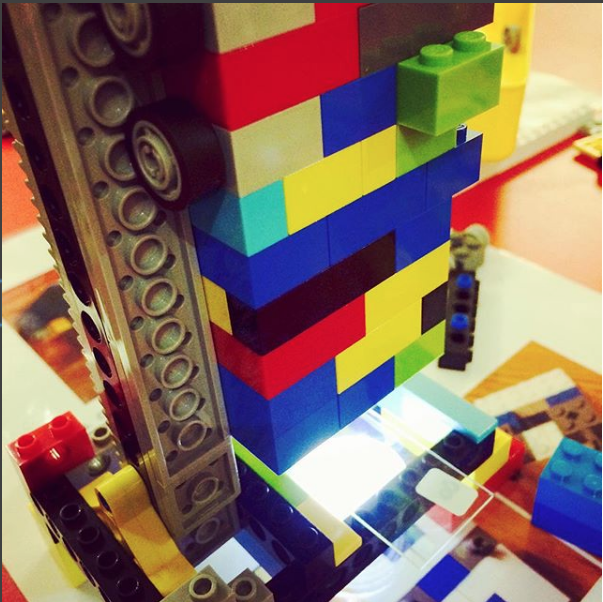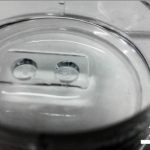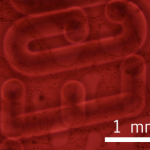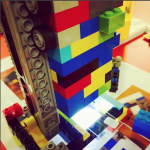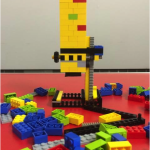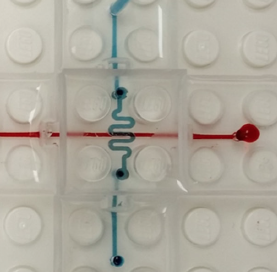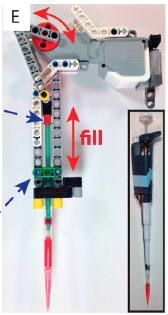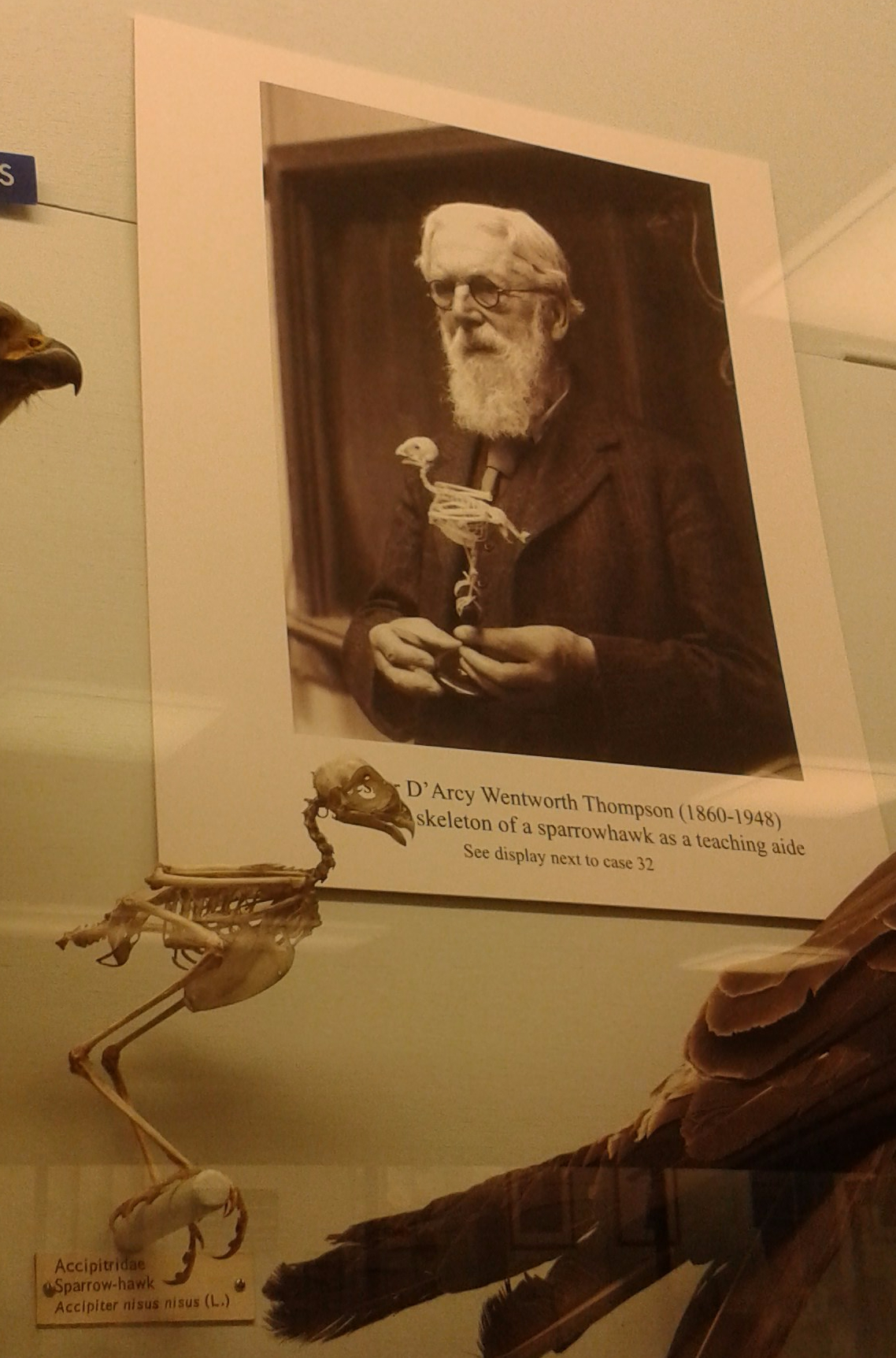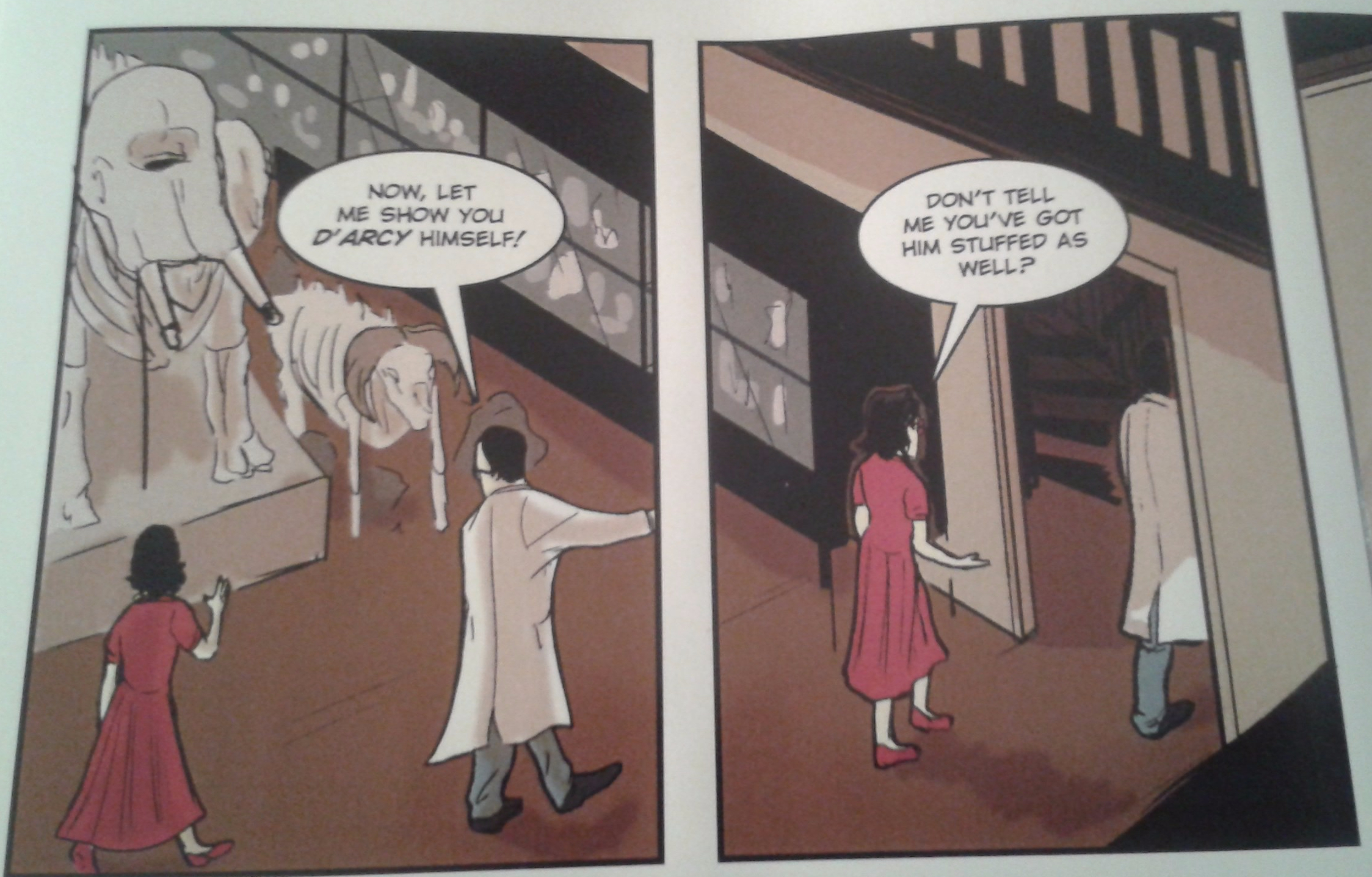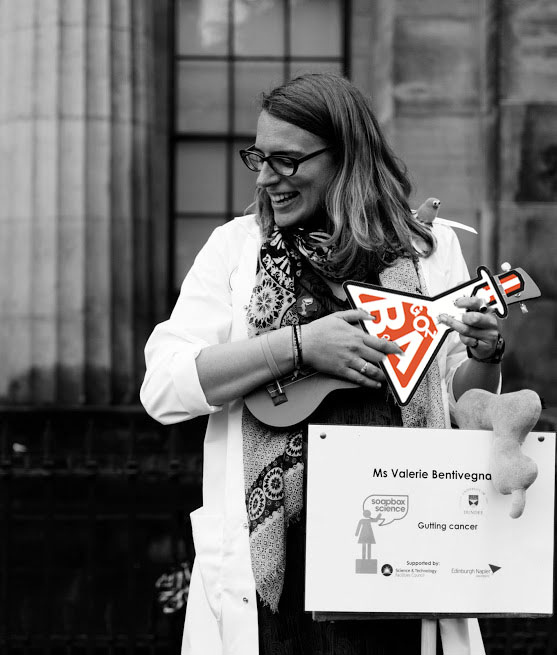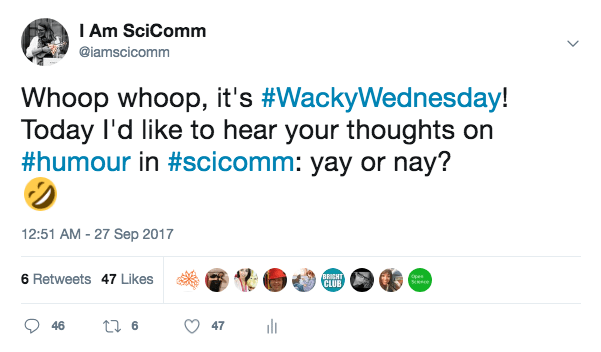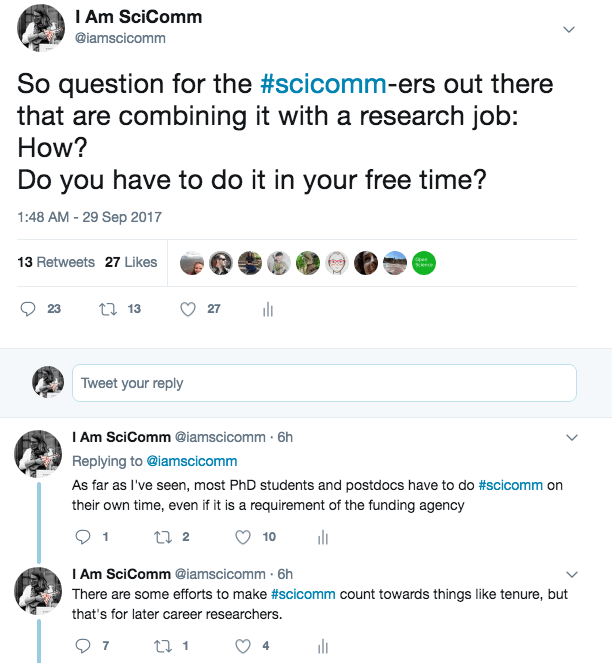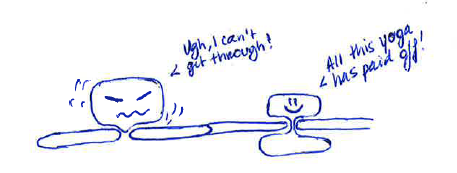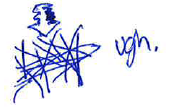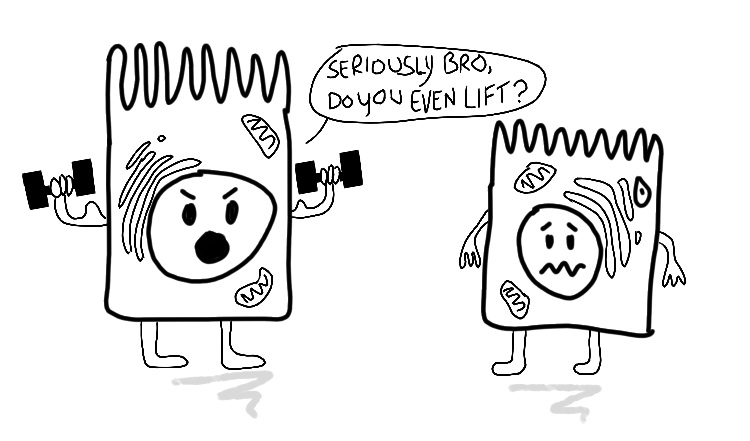I’ve felt bad all week. Well, not really all week. And not really bad. I’ve felt a teeny bit guilty for joking that economic sciences is not really a “science”. The “soft” sciences (social sciences, economic sciences, psychology, to name a few) are too often ridiculed by practitioners of the “harder” sciences. I’ve done it too. Last week in fact, as I’ve just said.
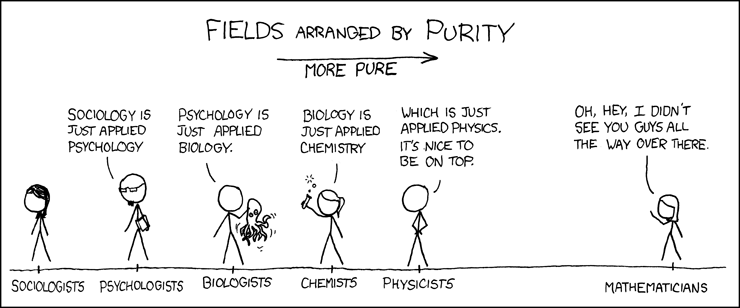
Most of the “soft” scientists I know don’t really mind too much (yes, I have soft science friends, I *can’t* be an elitist), and they laugh along. But still, I wanted to bring a bit of nuance and perhaps a tiny apology,
(sorry)
especially since this years’ Nobel Prize for Economic Science was awarded for integrating climate change an technological innovations into long-run macroeconomic analysis. Two subjects that are kind-of STEM-related.
Therefore, no matter how you might be willing to rank them, something can be considered science (from the Latin word scientia – “knowledge”) if the scientific method is applied.
What’s this scientific method?
The scientific method is a way to approach a problem or question by following this – or any similar – flowchart:
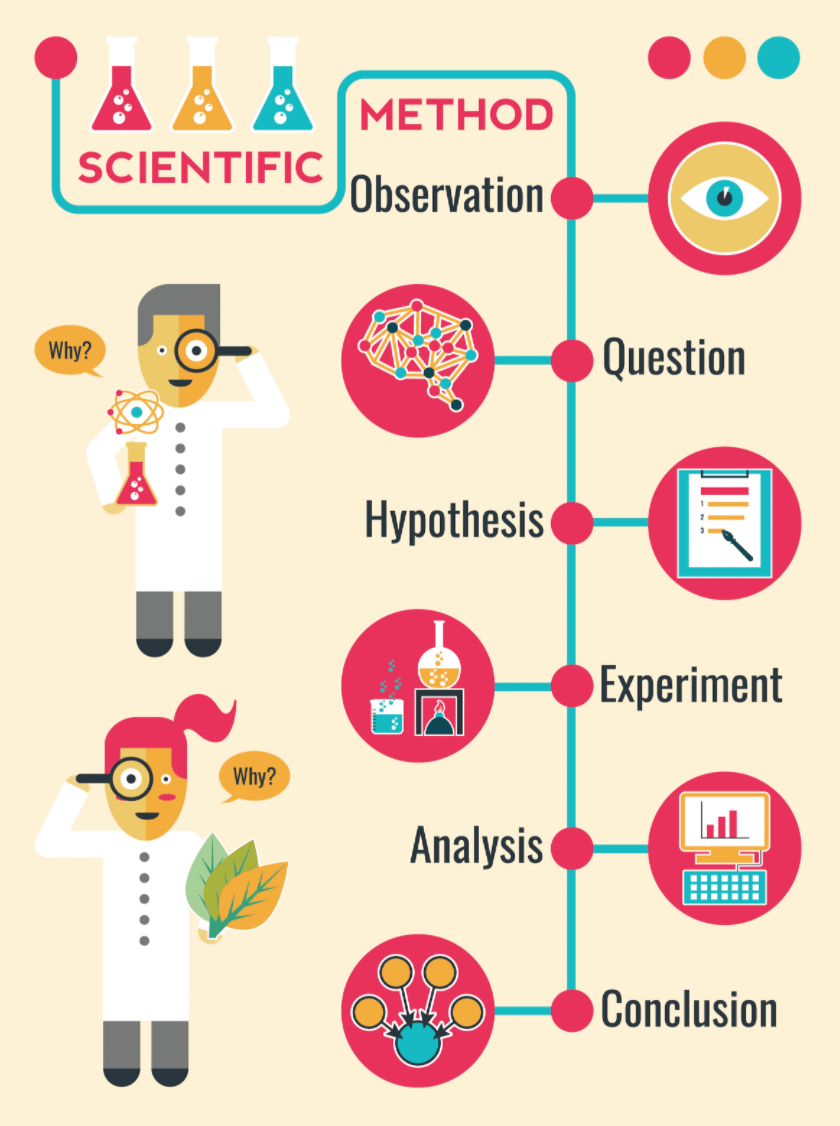
Very briefly and with an example, these are the steps you’d follow:
- Observation
This can be anything you observe.
Example: People seem a lot friendlier here in [town A]. When I pass people on the street, people smile at me more than they did when I was in [town B].* - Question
From that observation, you can formulate a well-defined question, a problem you would like to know the answer to. Science is simply the pursuit of knowledge, you know.
Example: Are people more friendly in [town A] than in [town B]? (if friendly is defined as “smiling at people on the street”) - Hypothesis
You probably have a little bit of data (from your observations) that allow you to formulate the answer you would expect. This possible answer is something you can test: is what you assumed true or false?
Example: People in [town A] smile more on to passers-by than in [town B] - Experiment
Now it is time to collect your data.
Example: I’d go to [town A], walk around in the center for – say – 30 minutes and count how many people I pass on the street (and actually make eye contact with) and how many people smiled at me. I’d then do the same for [town B].
- Analysis
When you have collected all your data, sit down and perform some analysis. Usually, statistics are the thing to apply.
Example: I’d calculate the ratio of smiling people in each town, let’s say 17 out of 59 (29%) of people smiled at me in [town A], while 34 out of 81 (42%) people smiled in [town B].
- Conclusion
Example: I reject my hypothesis; people in [town A] are not friendlier than people in [town B].
This last step is checking if my hypothesis was correct (it wasn’t). Rejecting the hypothesis means I can go back and change my hypothesis and start again. If my hypothesis was correct, yay – I’ve done science!
Well, in reality, there is even more to it (both for rejecting and accepting an hypothesis).
In this example, there are many faults. Was my definition of “friendliness” correct? Were there factors I didn’t account for, like a bit of spinach between my teeth that caused more people to smile (or laugh) at me? More importantly, if I repeat the experiment, do I get the same result**? Was my experiment well designed; maybe there are better ways to test this same hypothesis?
Back and forth and back and forth and back and forth again.
Science is a very iterative process. Hypotheses are constantly being reformulated and retested. It is actually impossible to be 100% a hypothesis is true. The real science is when you try every which way to disprove your hypothesis. It is after a lot of back and forth and iteration, that a theory about something can be formulated. But you should know that in the scientific lingo, a theory has nothing to do with guesswork. It is the result of several repeats of observations and experiments that are generally accepted as reliable accounts of the world around us. ***
Scientist vs. engineer
I’d also like to note that science and engineering are quite different things. A scientist wants to know how things work while an engineer kind of just wants to make things work.
For example: engineers built the large hadron collider; scientists use it to study elementary particles.
Though it should be said that a lot of scientists have a bit of engineering in them, and vice versa, so this is probably a giant simpification.
___________________________________
* I just know that this is just because I look funny.
** Typically, at least three repeats showing the same conclusion are necessary to accept a hypothesis.
*** More about scientific theory here: https://www.gotscience.org/2015/10/theory-vs-hypothesis-vs-law-explained/



